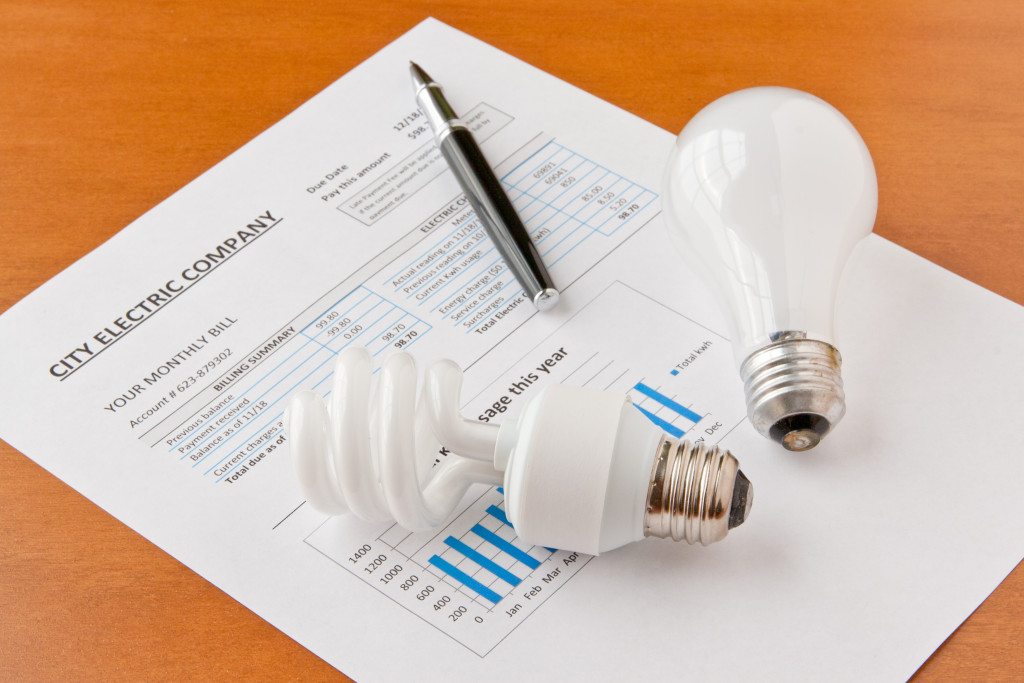In the United States, commercial buildings account for a large chunk of energy consumption. Of the many types of commercial buildings, five kinds use the most energy: retail, office spaces, educational facilities, healthcare services, and lodging.
These various kinds of workplaces and more have an undeniable responsibility towards helping build a safer planet. If the rate at which commercial properties consume energy is not controlled, there will only be further greenhouse gas emissions. These, in turn, worsen the effects of climate change.
Any forward-looking business seeks out long-term solutions that keep customers loyal and reduce expenses. Pursuing sustainable practices is an answer to both of these major concerns.
These are some of the most innovative changes you can make today.
Use Energy-Efficient Systems
The most apparent answer to these energy consumption issues is to make the big shift to better methods of using your work devices.
-
Switch to a renewable energy source
The first place to consider is the most important one, which is the source of your energy.
Keeping your traditional setup is more manageable, as it requires fewer adjustments. However, you miss out on the numerous benefits renewable energy offers.
Solar power is one of the most common choices for renewable energy. By harnessing the free power of the sun, you significantly reduce your energy expenses in the long run. Solar energy makes you much less dependent on fossil fuels to power your daily operations. This means you will not compete for finite resources with other organizations that are using traditional energy sources.
Solar panels are a common way to power buildings. Just remember that installing this may prove quite the challenge, so you will need rental services for cranes to safely transport and install them in your office buildings.
-
Replace your old devices and appliances
Using outdated devices and appliances in the workplace leads your organization to consume more energy to power your business operations since they use older technologies. It also hampers employee productivity since old devices work more slowly than newer ones in the market.
Three to five years is a good range of time before replacing your office devices with new ones. This ensures that they use the most energy-efficient technologies and remain compatible with other devices. It also helps ensure that your networks are protected from threats.

-
Take advantage of natural light and window shades
Aside from using the sun to power your business space, you should also make use of the natural light it offers. Use sunlight as your main source of lighting in the daytime by opening your windows. This lets you cut down on energy usage because you depend on your light fixtures less.
However, you also need shades for occasions when you need to block out light. Have blinds or tinted windows to block the heat coming into your work areas, particularly during hot summers. This allows your air-conditioning system to work more efficiently to cool the spaces in your office.
Make Regular Assessments
It is not always apparent at the start, but your actions towards sustainability make huge differences for your organization in the future. The best way to gain reassurance about your investments is to keep track of them.
-
Keep track of your energy consumption
You are best positioned to respond to the challenge of pursuing sustainability when you first understand how your organization consumes energy. ENERGY STAR has a Portfolio Manager that helps benchmark your building. That is, it measures your company’s consumption and compares it to similar places.
This gives you detailed information about where your business is performing well and where it is underperforming energy efficiency-wise. With this, you can then set your priorities and take the appropriate steps.
-
Compute the return of investment
Calculating how much your organization gains in exchange for transitioning to sustainable energy gives you a fuller picture of its benefits. Determine the savings of your organization’s sustainability efforts, then subtract this from the project’s cost. When you divide the difference by the cost, you find out the percentage of your ROI.
The Little Efforts Count, Too
These big changes are vital to your company’s contributions to curbing the adverse effects of greenhouse gases on the environment. However, coupling them with minor adjustments to your company practices still helps.
Enacting policies such as reducing office-wide paper usage and encouraging employees to bring reusable food containers and water bottles serve to reinforce the big moves your organization is making. By setting an example as a company, you make it easier for your team to consider sustainable living, too.




